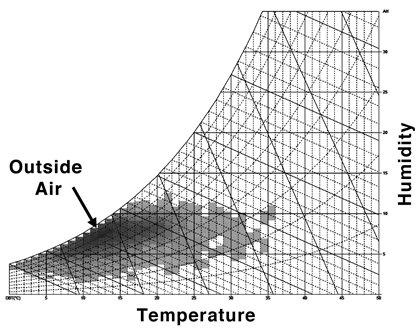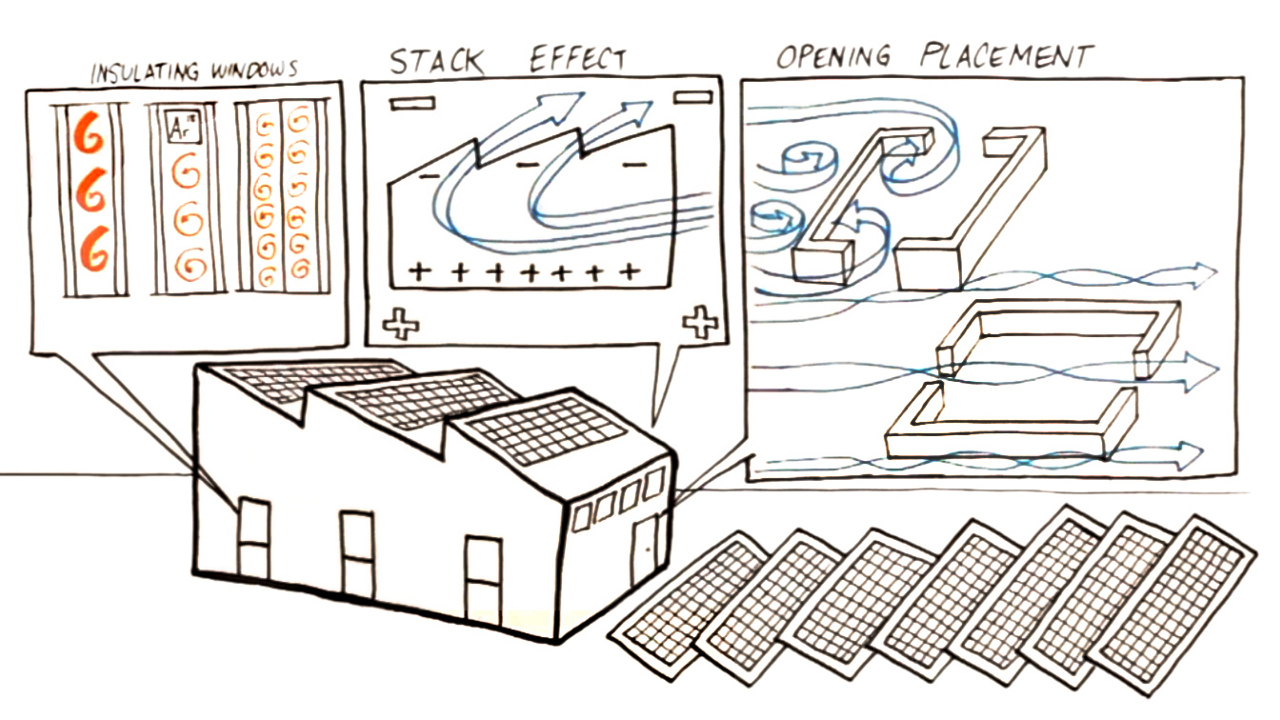human comfort
Software
Buildings are designed for people, and those people are trying to accomplish a task – whether it’s raising a family, running an office, or manufacturing a product. The building needs to keep people comfortable, efficient, healthy, and safe as they set about their task. Learn about acoustic, visual, and thermal comfort.
Buildings are only energy-effective when their occupants are comfortable. Thermal comfort is difficult to measure because it is highly subjective. It depends on the air temperature, humidity, radiant temperature, air speeds, activity rates, and clothing levels. Learn how to use comfort concepts like Predicted Mean Vote and adaptive comfort to improve your design.
Passive design strategies can help reduce your building’s energy demands by using energy available from natural sources such as geothermal heat, sunlight, wind and cool air. Learn how to use convection, conduction, and radiation to design passive systems.
To design high performance buildings, you need to set concrete goals and follow a sound design process. Along the way you’ll need to optimize for both resource use and human comfort. Usually energy use is the largest environmental impact, and Net Zero Energy is an increasingly popular design goal.
Project Gallery Examples
Form follows function in this campus health and wellness center, with improved energy use and human comfort.



